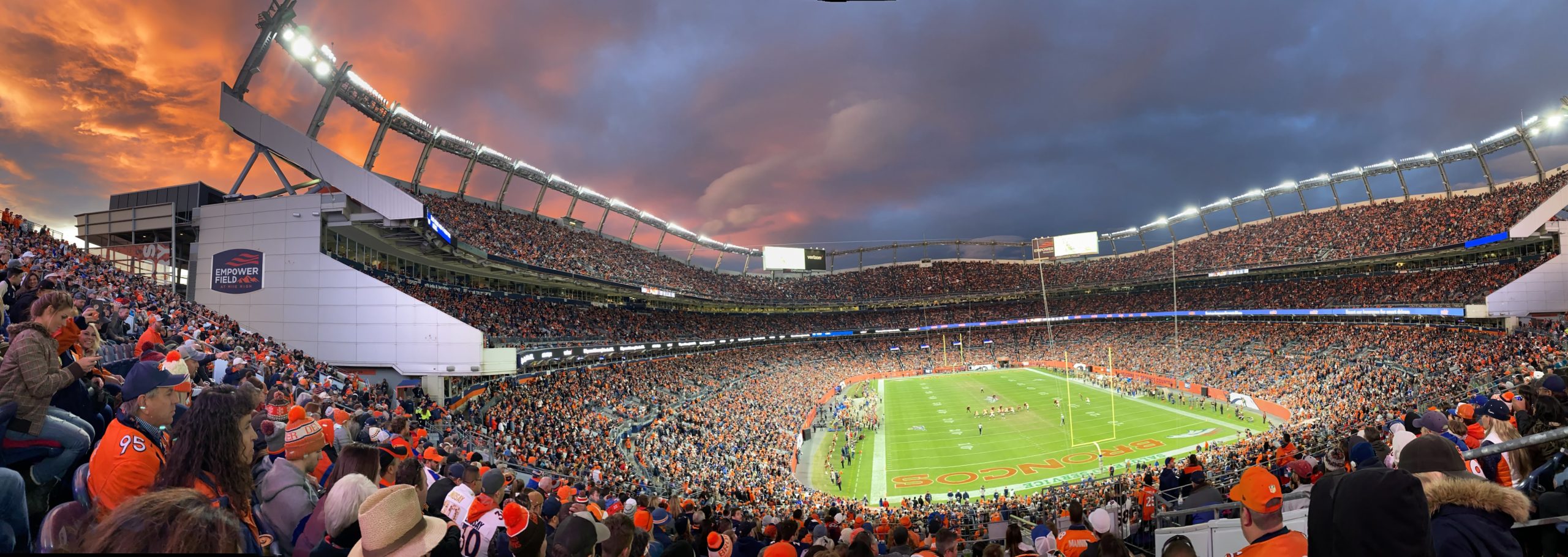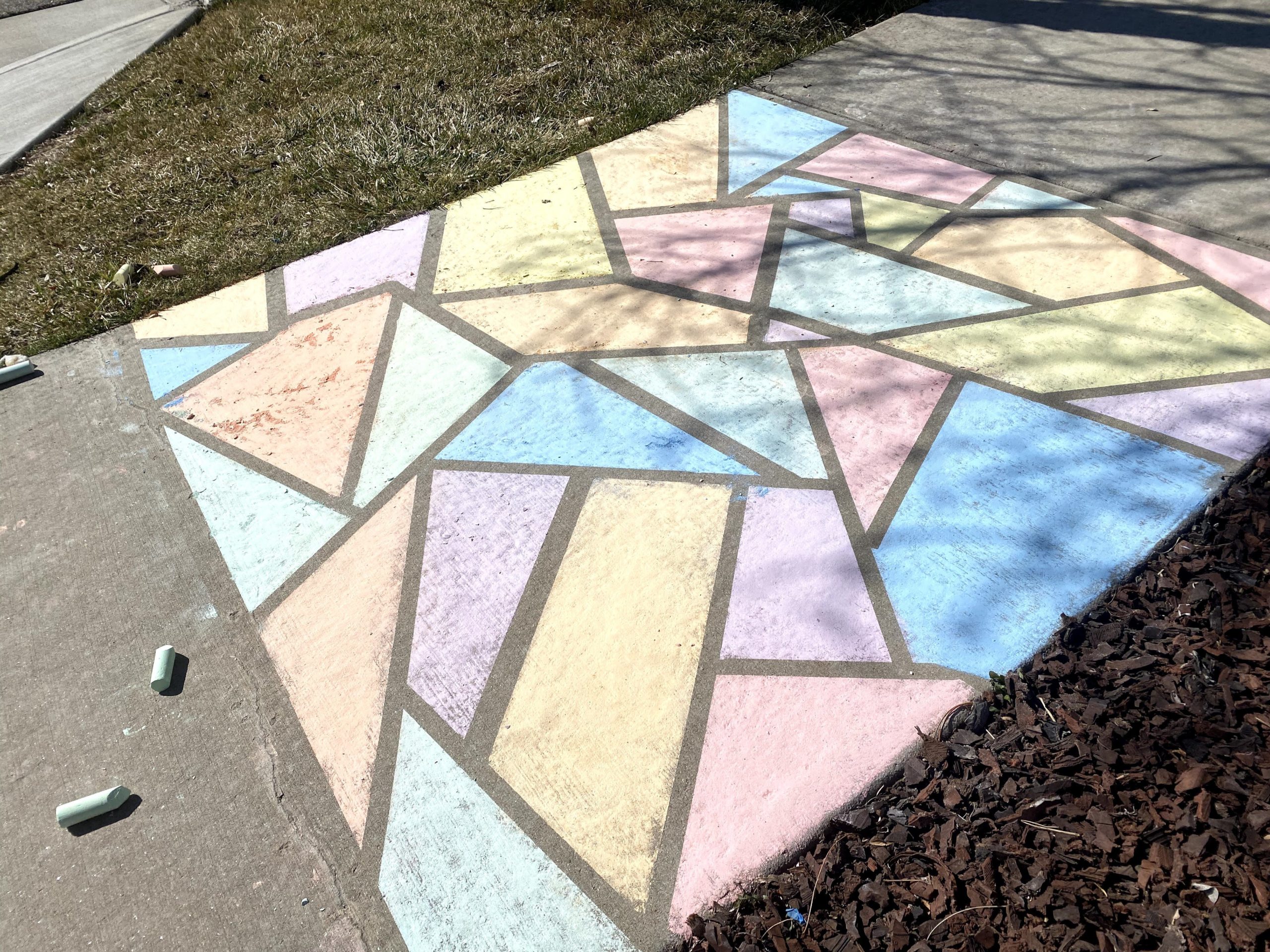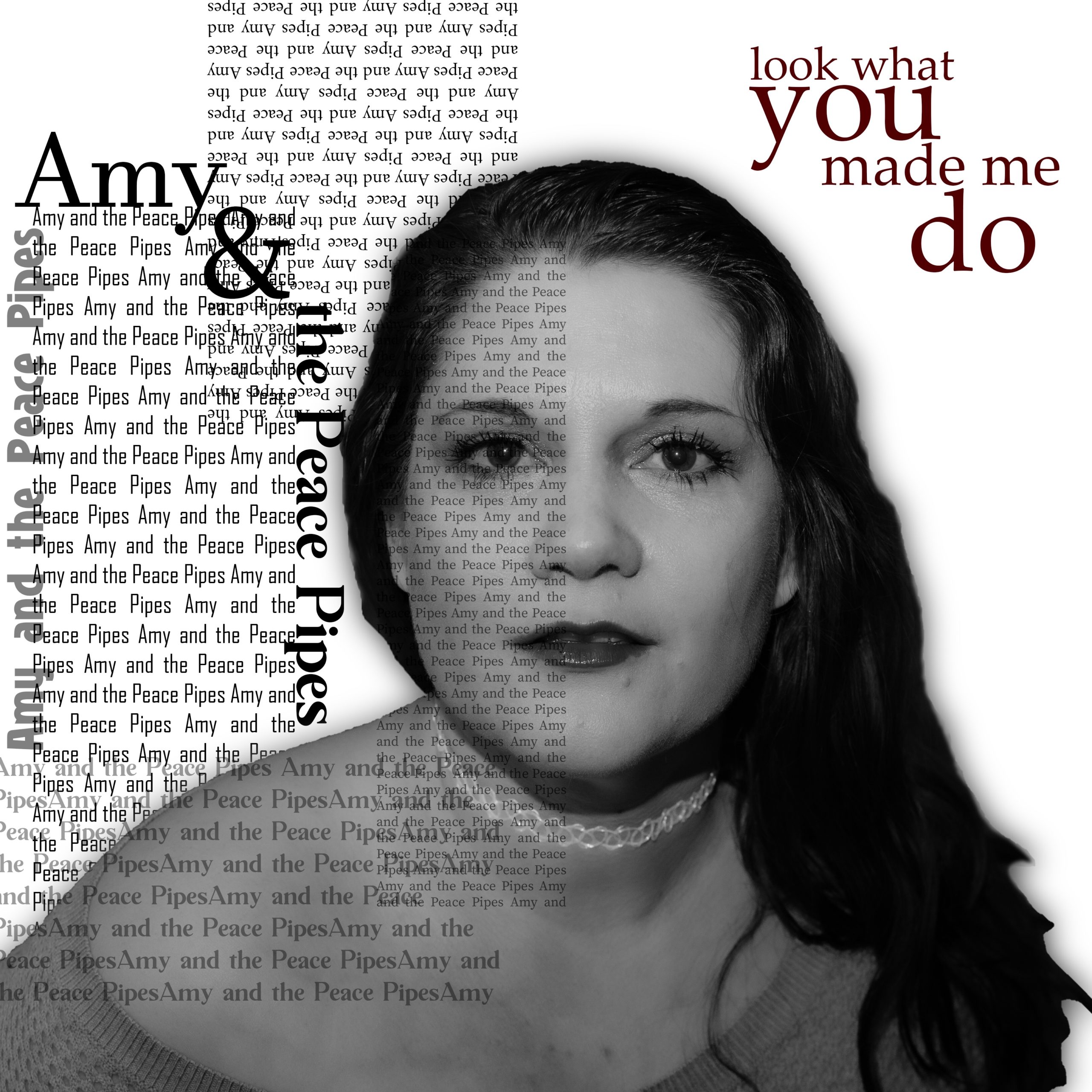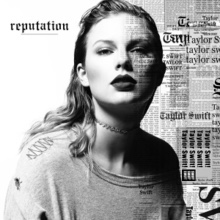Throughout this COVID-19 crisis, it’s been tragically fascinating to watch how this has impacted sports. Despite it being entertainment, sports remain a foundational pillar of our society, in large part that it gives distraction from the problems in our daily lives, as well as provides a commonality for us to rally around (or against, in the case of the Raiders). Obviously lots of serious things are missing from our social fabric right now, but the absence of sports leaves a unique void.
Likewise, it’s been fascinating to watch how the leagues try to figure out what comes next. Weeks after the abrupt shock that was the NBA and NHL vanishing overnight, it still seems that any sports are months away from returning, even in modified gameplay, sequestered teams, in remote locations, without fans.
Then you have the NFL.
The NFL has a large advantage of being in the midst of their offseason, as well as the ability to turning every league milestone into a major event. They’ve been able to portray “business as usual” more than any sports league. As refreshing it’s been to be reading content that isn’t about COVID-19, it’s not clear whether the NFL realizes that they can also sound tone-deaf about being a contact support involving hundreds of people in the field, in stadiums that typically house tens of thousands of fans – all at a time when people see this as a major risk for virus spread.
For Broncos season ticket holders, the first payment for next season was due on March 11, right when our world seemingly changed overnight. For those that are on payment plans, the remaining half of ticket balances are due in June. Those three months might seem like three years later, at a time when we’ll likely still know less than we do know when it comes to the fall, as well as many fans having experience severe economic disruption and challenge since they made their first payment.
Look, I get that season ticket ownership is a privilege, and in the case of the Broncos, there’s a long line of people who would gladly take your spot. That said, the Broncos and the NFL shouldn’t blame any ticket holder who has major reservations about going to in-person games in 2020. I’ve long thought that season ticket ownership is a years-long partnership between fans and the team, where fans are encouraged to financially contribute in both good times (like the Super Bowls), and bad (like the first back-to-back-to-back losing season in the Bowlen era). The tickets in my stewardship have been with the Broncos since the franchise started, and it’s unfair for the NFL to ask fans to potentially risk their lives in going to games, as well as blindly contribute a significant amount of their income for games that they likely won’t be able to attend.
There’s an easy solution to this problem, one that can ensure that both the fans and the team can continue their partnership: allow season ticket holders to defer their 2020 tickets (and second half payment) to the 2021 season. Ticket holders can elect to apply their previous first-half payment to the 2021 season, giving the team assurance that the fans want to maintain the season ticket partnership. In return, the ticket holders forgo their rights to games in the 2020 season, and their seats are added to the “individual game sales” pool that goes on-sale in July, when the league has a better sense of whether and when any in-person attendance would be allowed. Personally, given the amount of public health and financial uncertainty, I would take this deal in a heartbeat.
However, I remain skeptical that this will happen. Given how ruthless the NFL can be, they’ll continue to expect their season ticket holders to make payments on time, for games that likely won’t happen. They’ve already sent an email stating that they’ll refund any games that don’t happen – but of course after the fans have coughed up the money and the team can make interest off the funds.
Come on Broncos and NFL, these are extraordinary times, take this as an opportunity to do right by your long-time fans.




